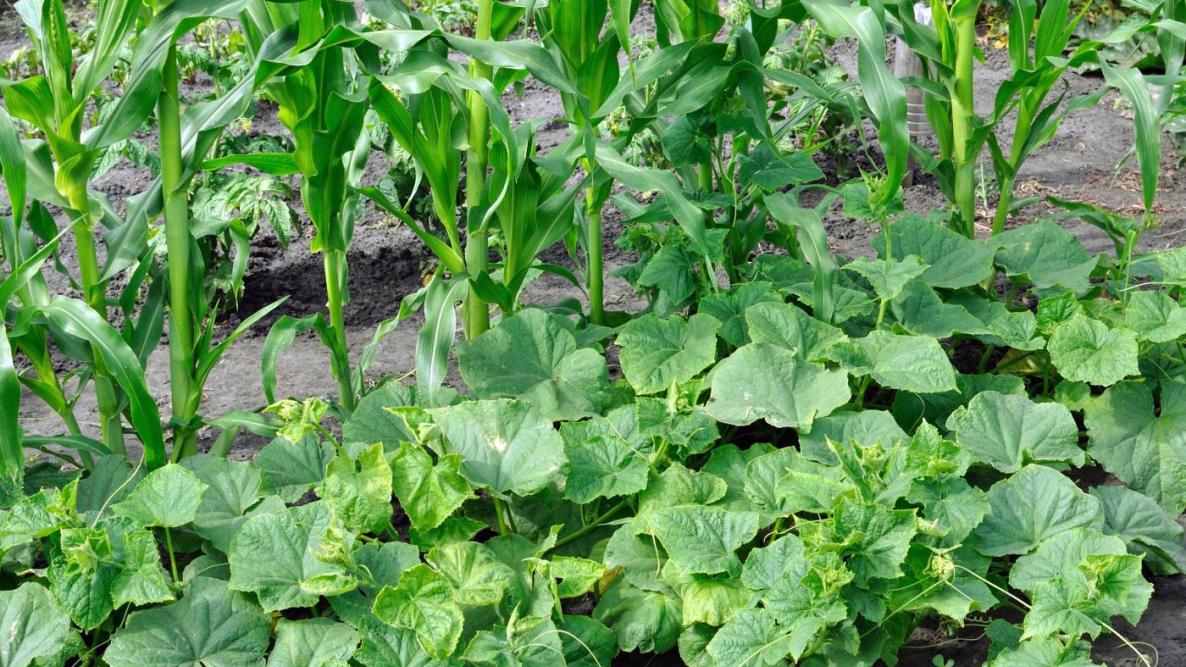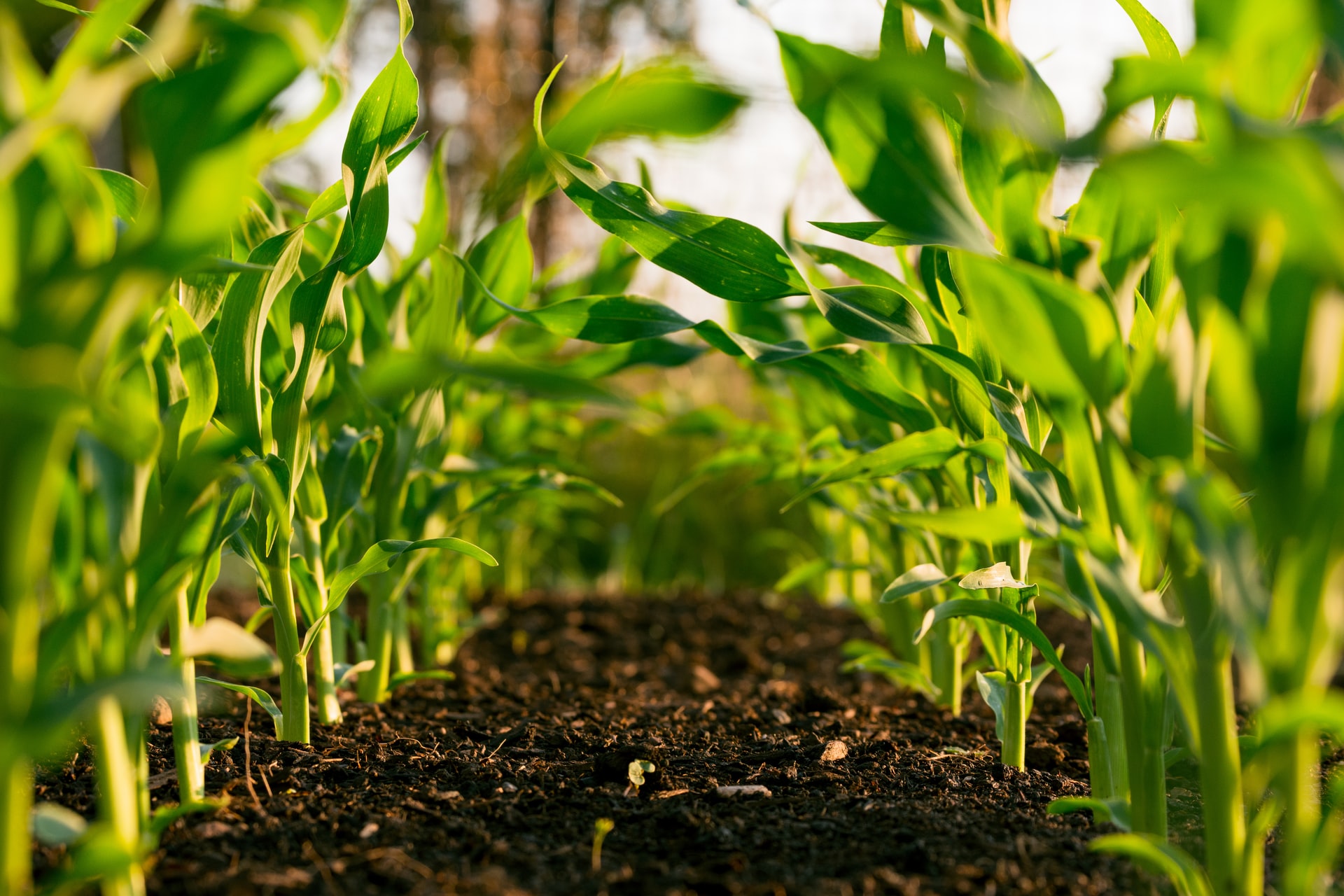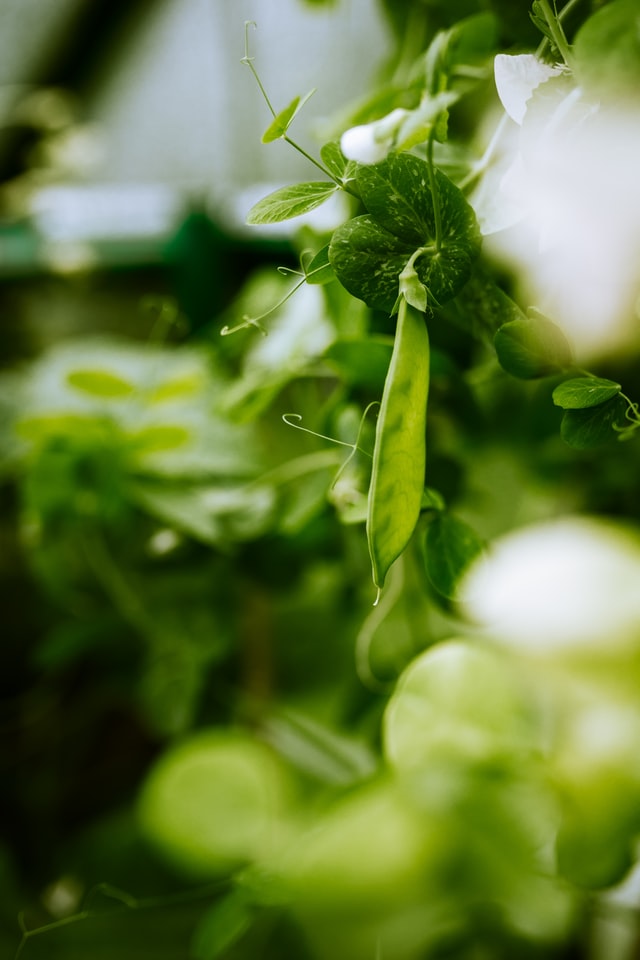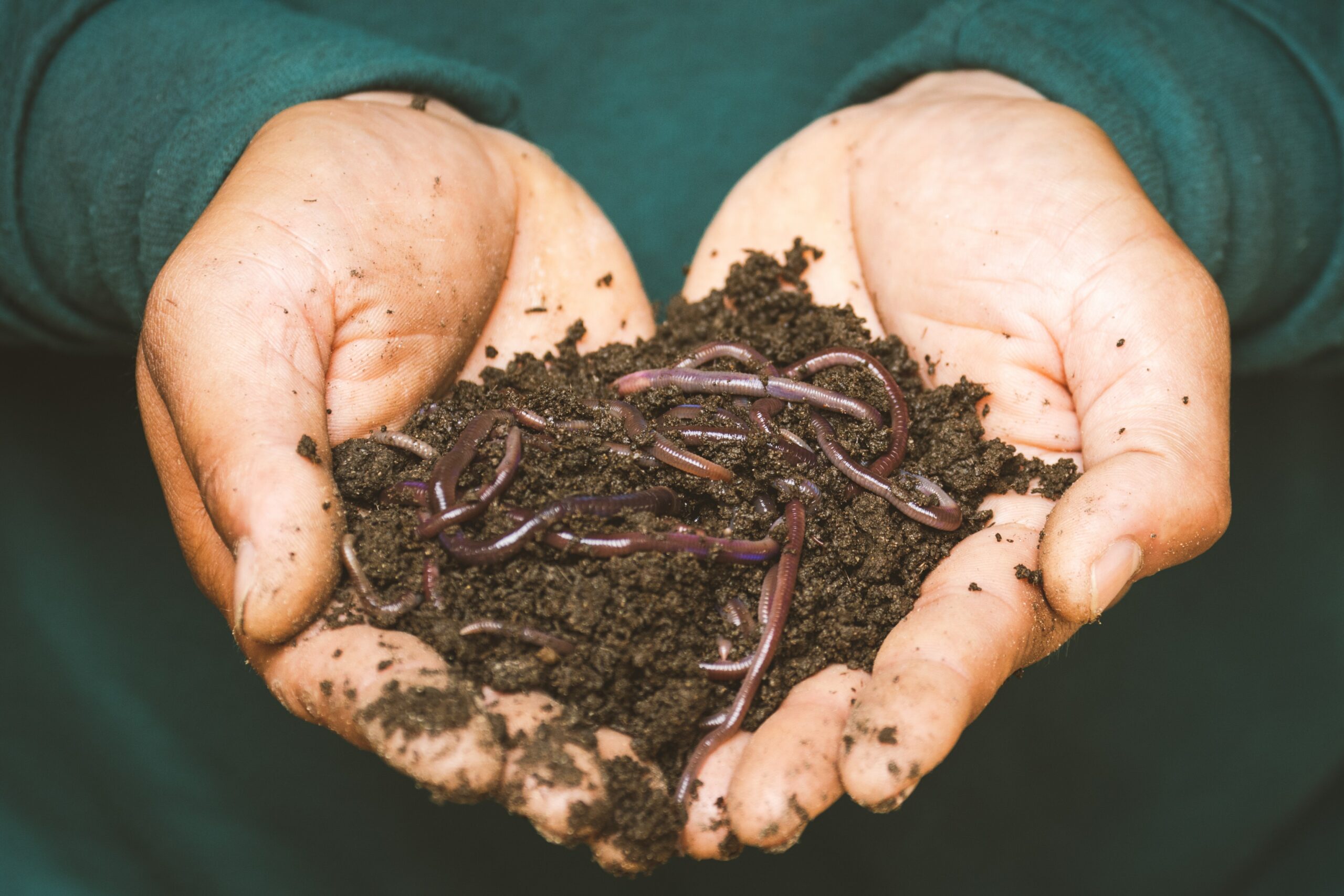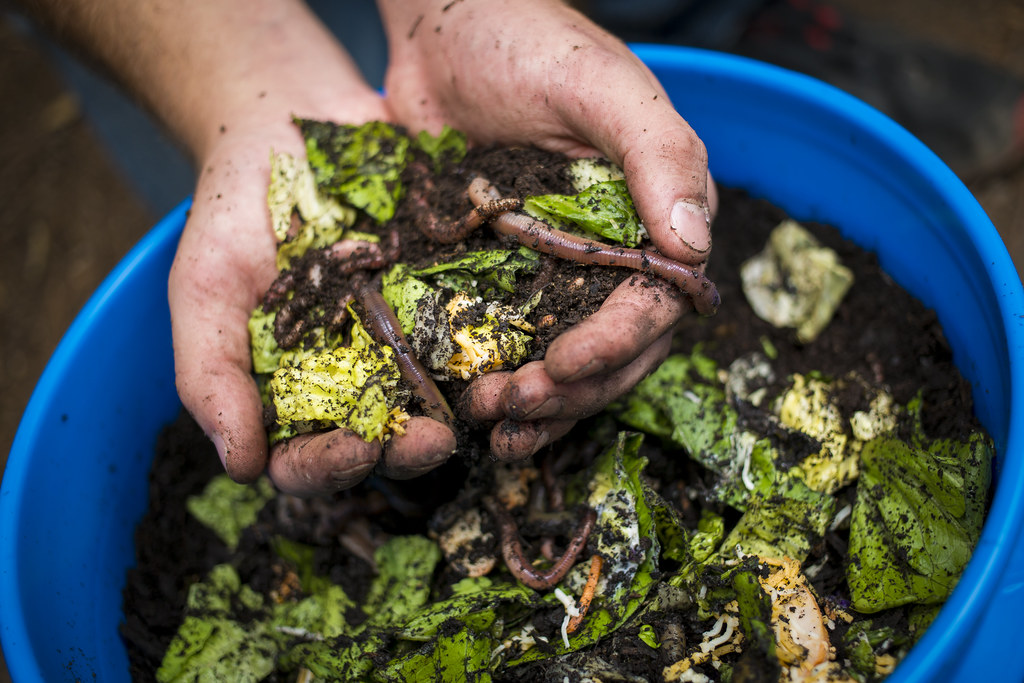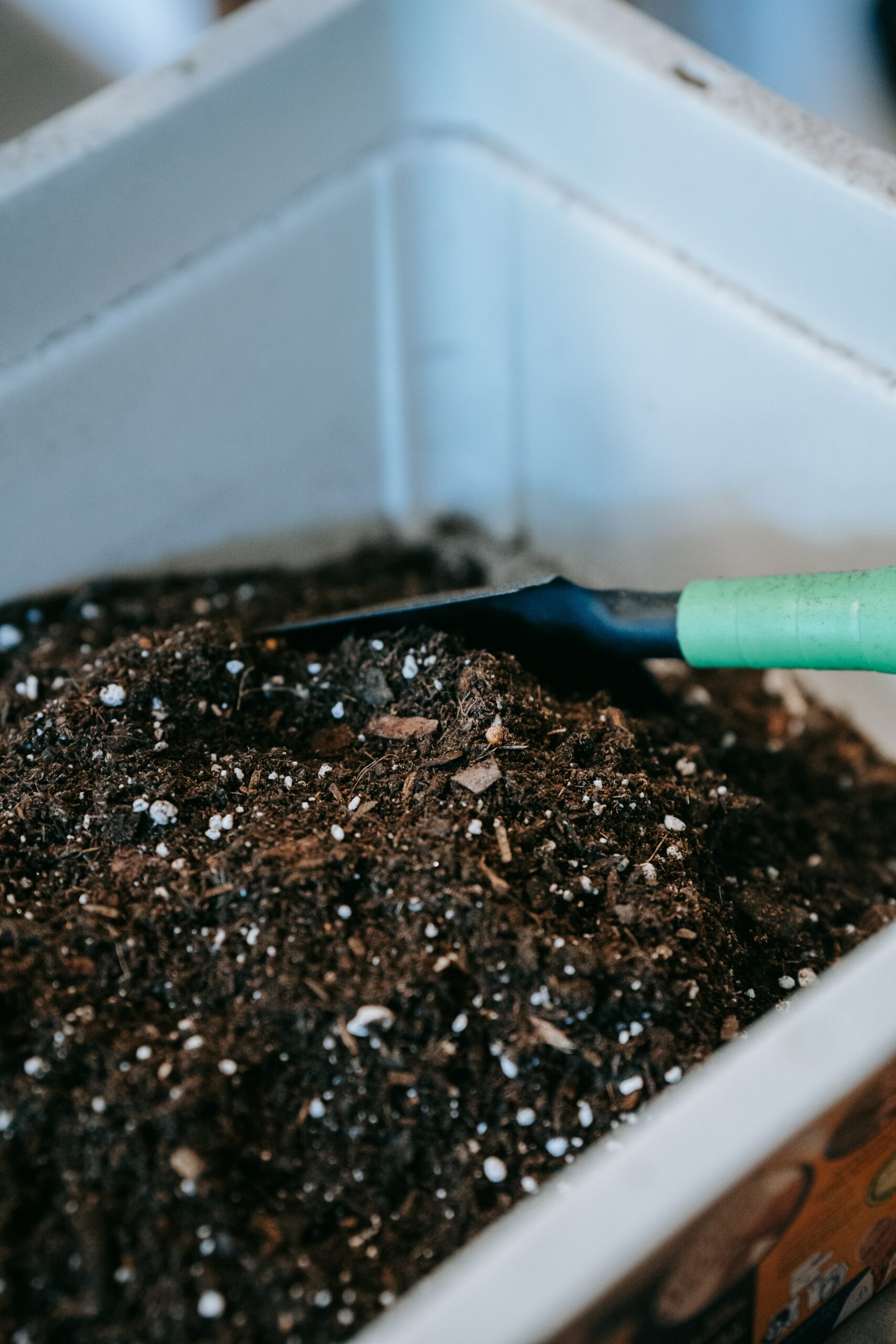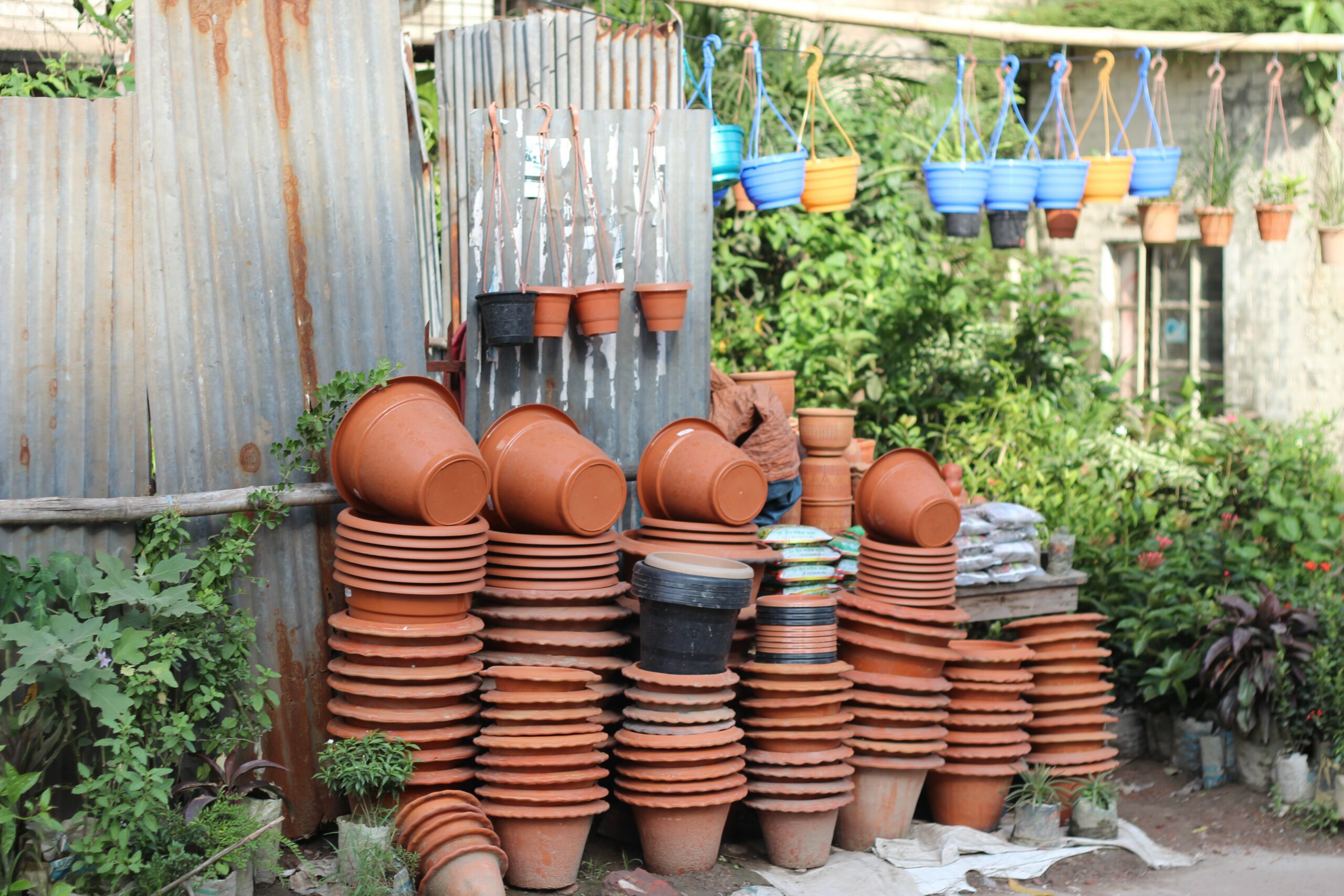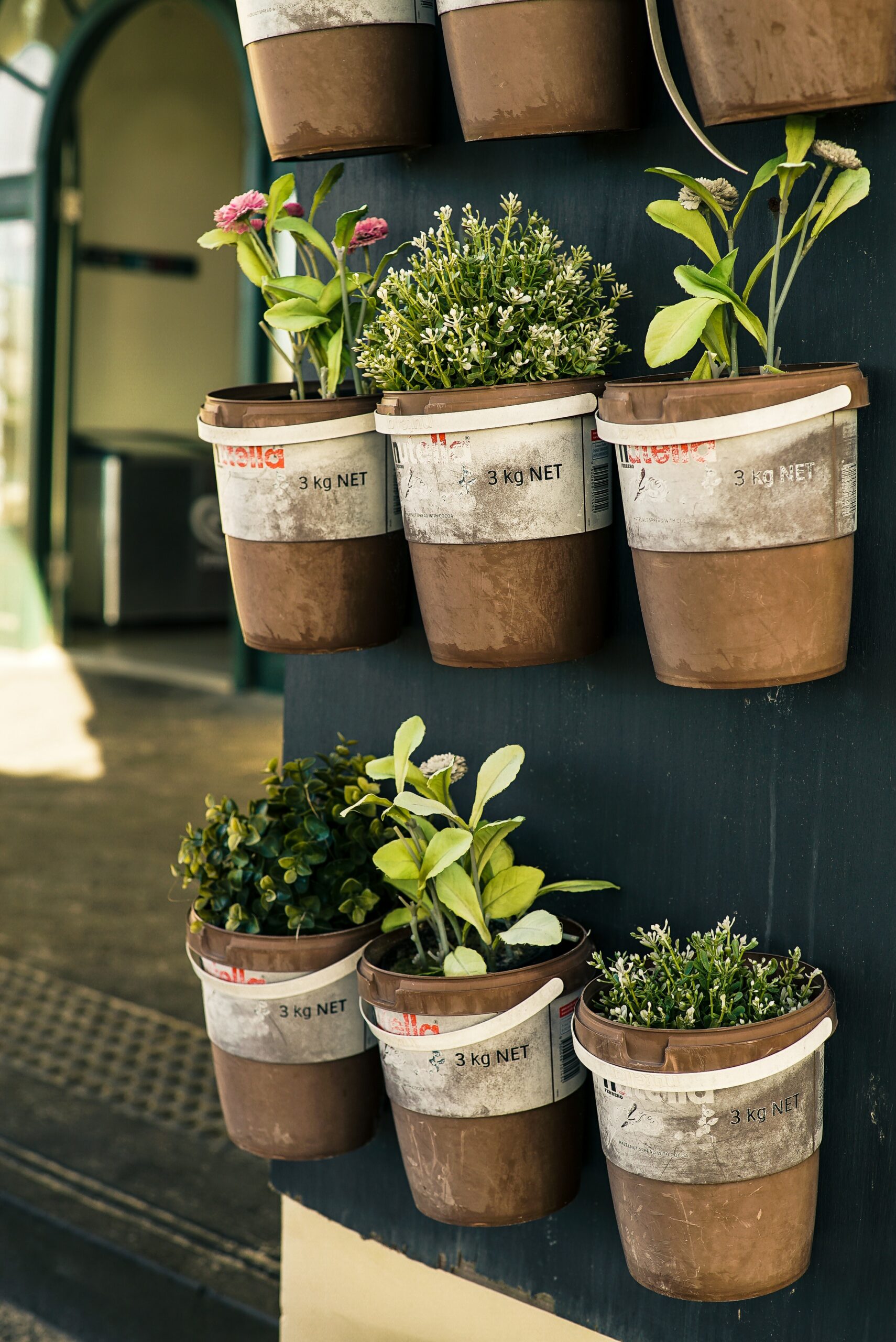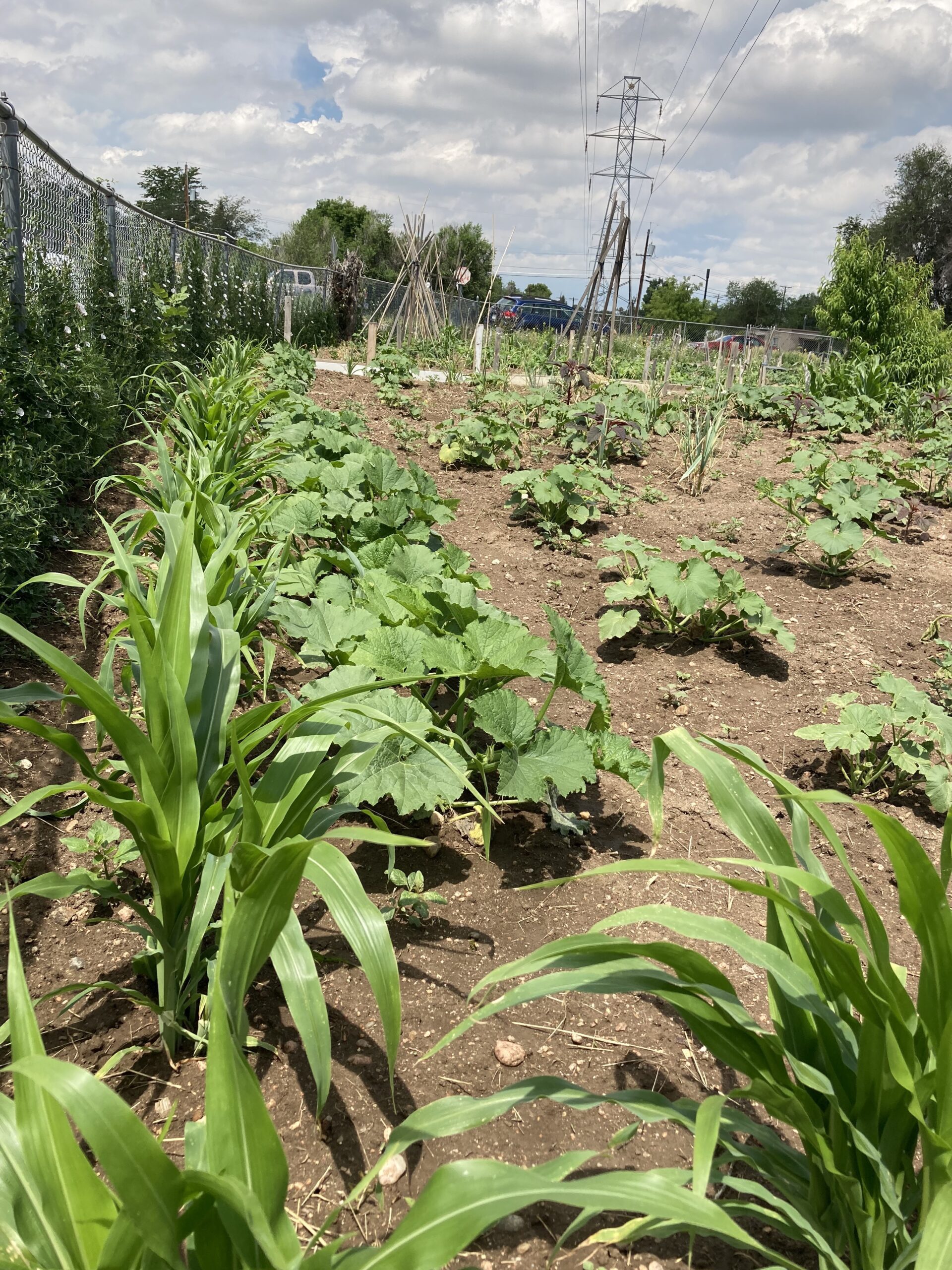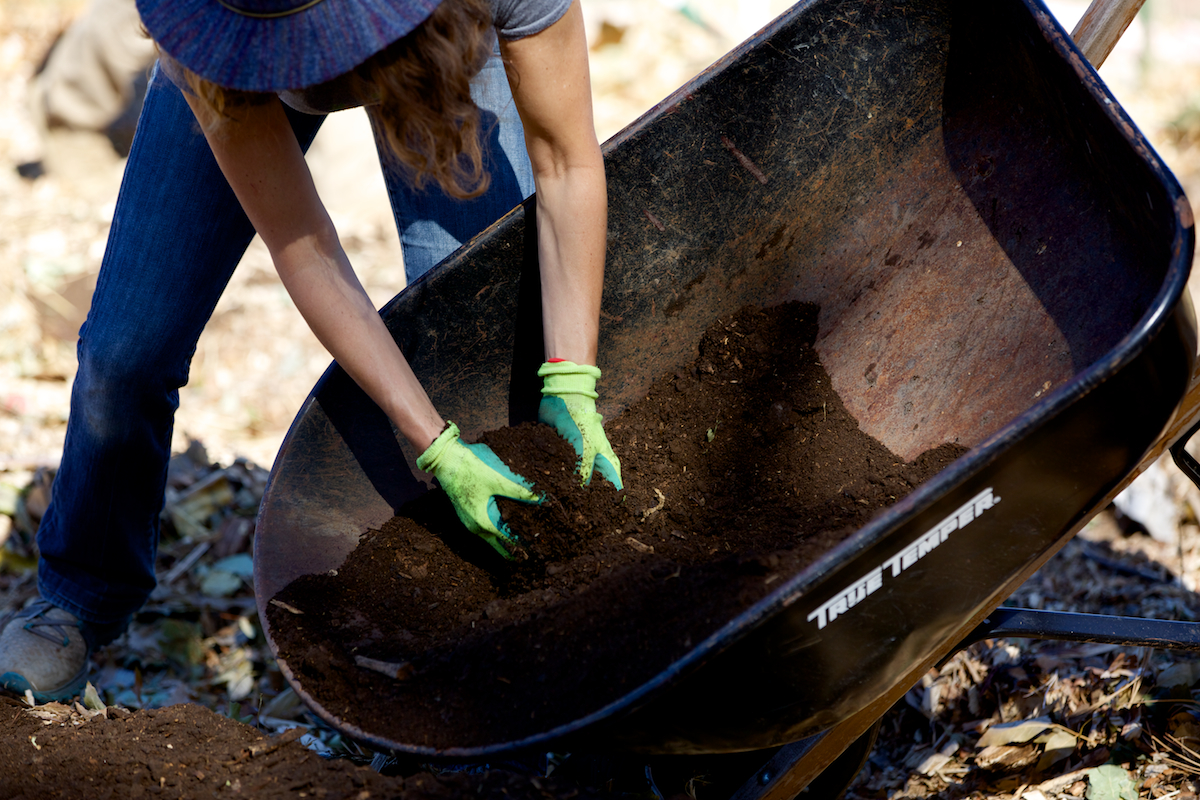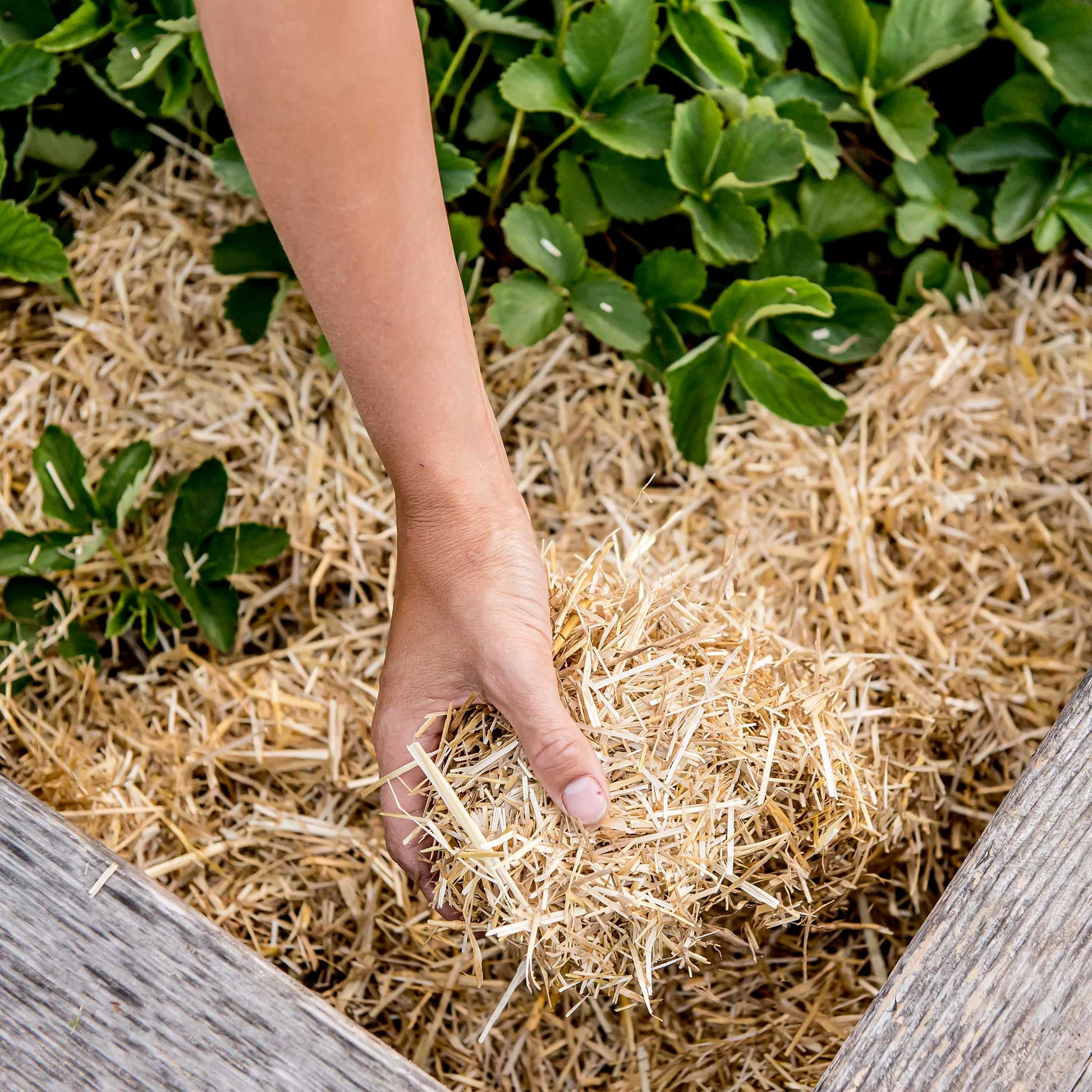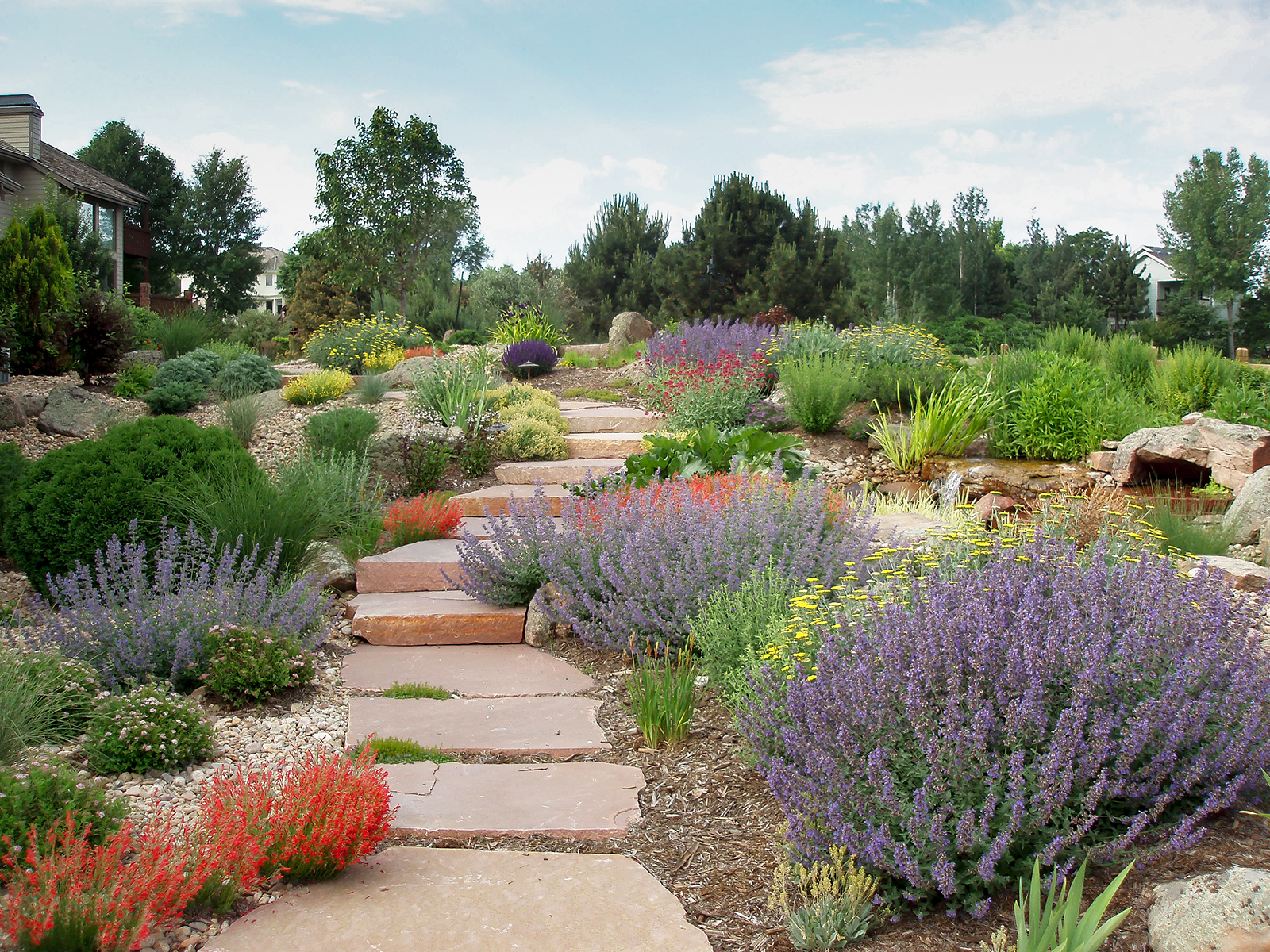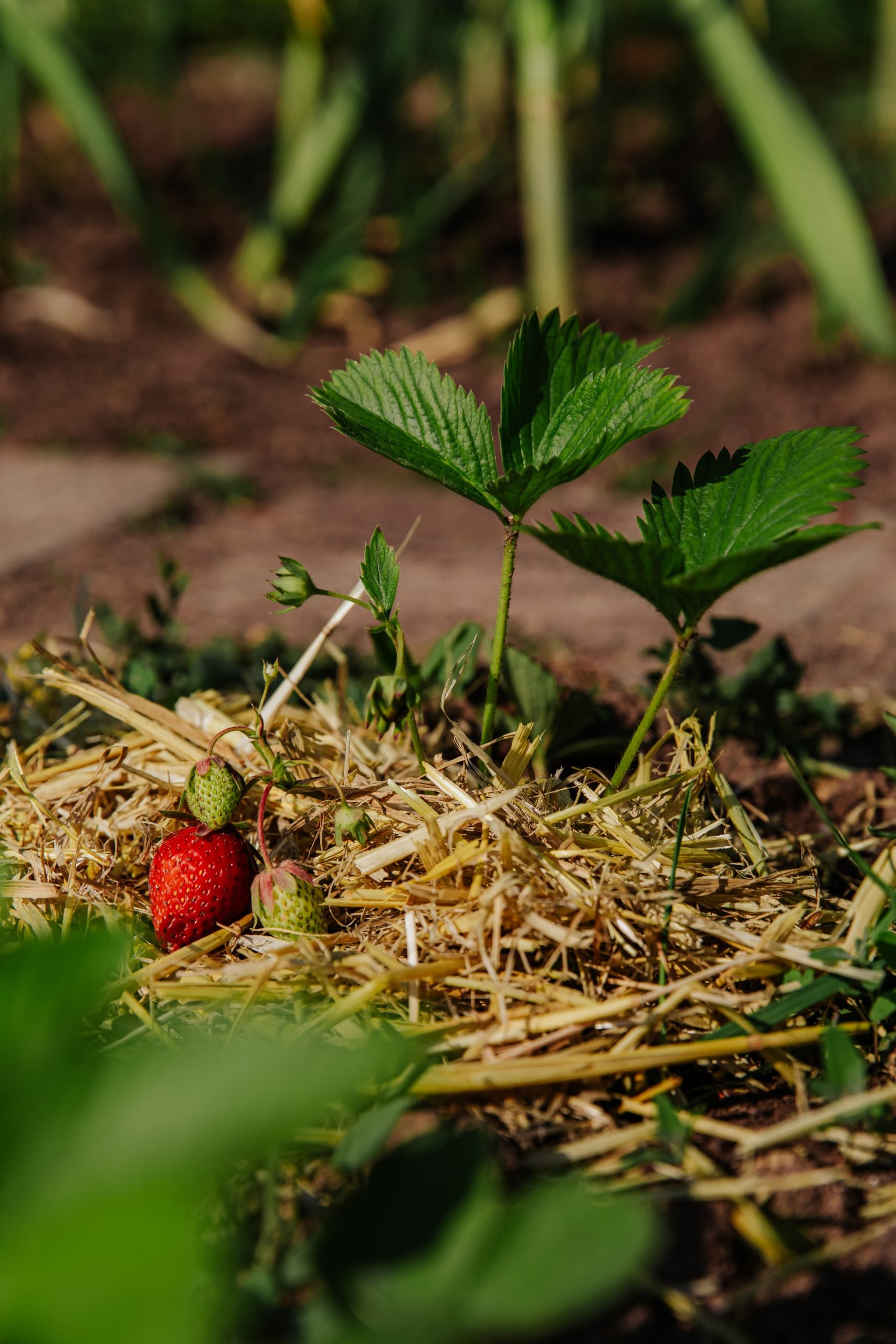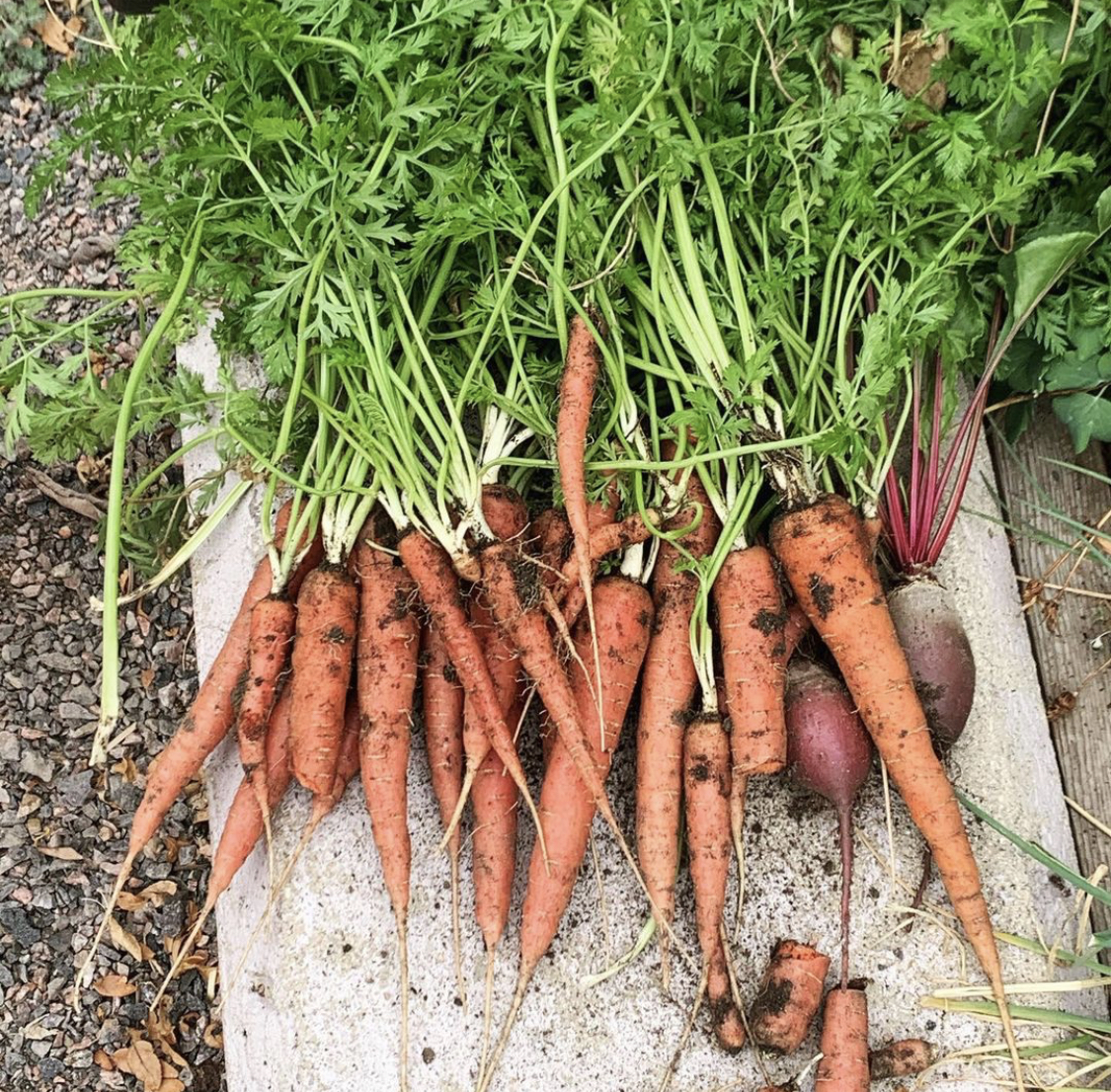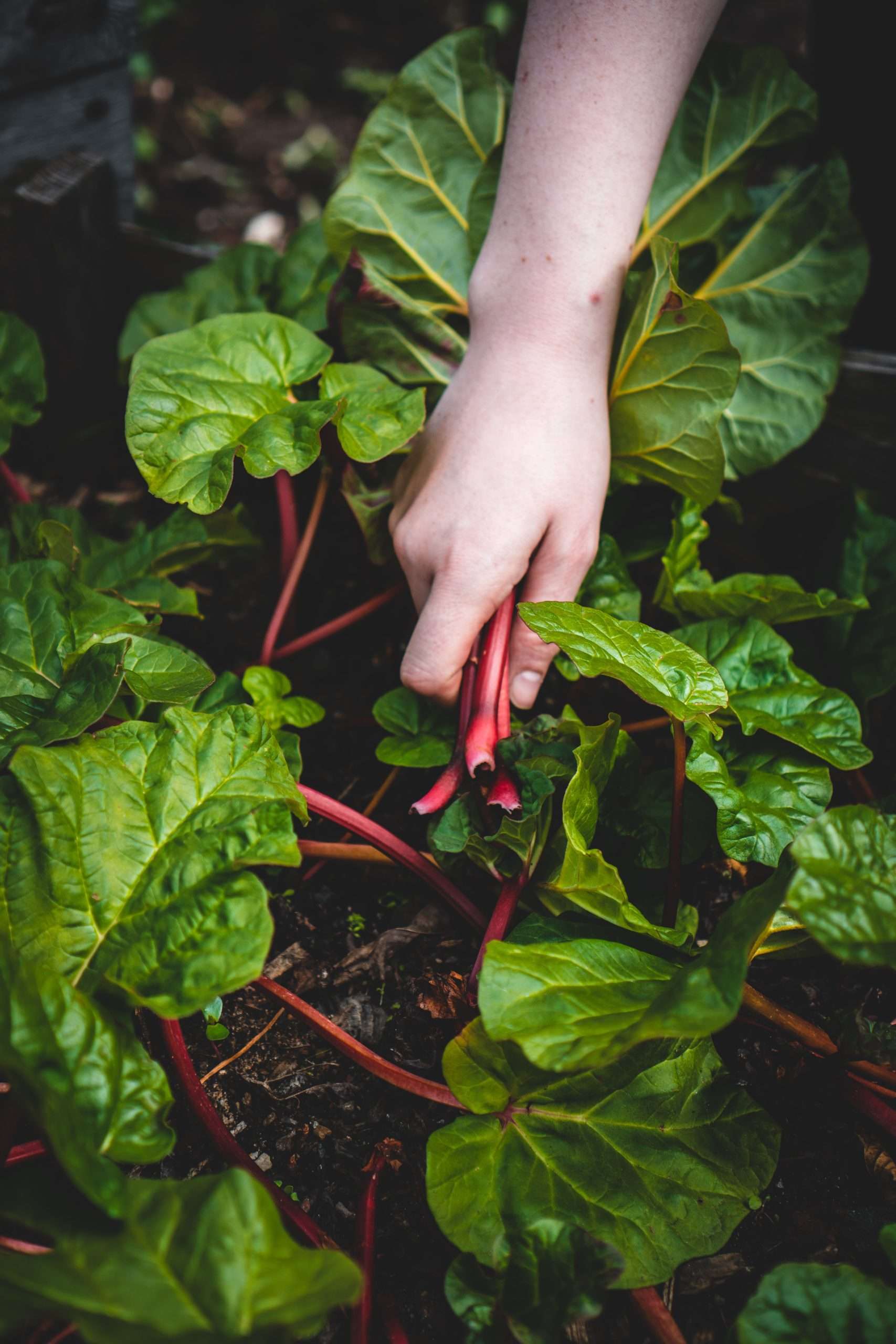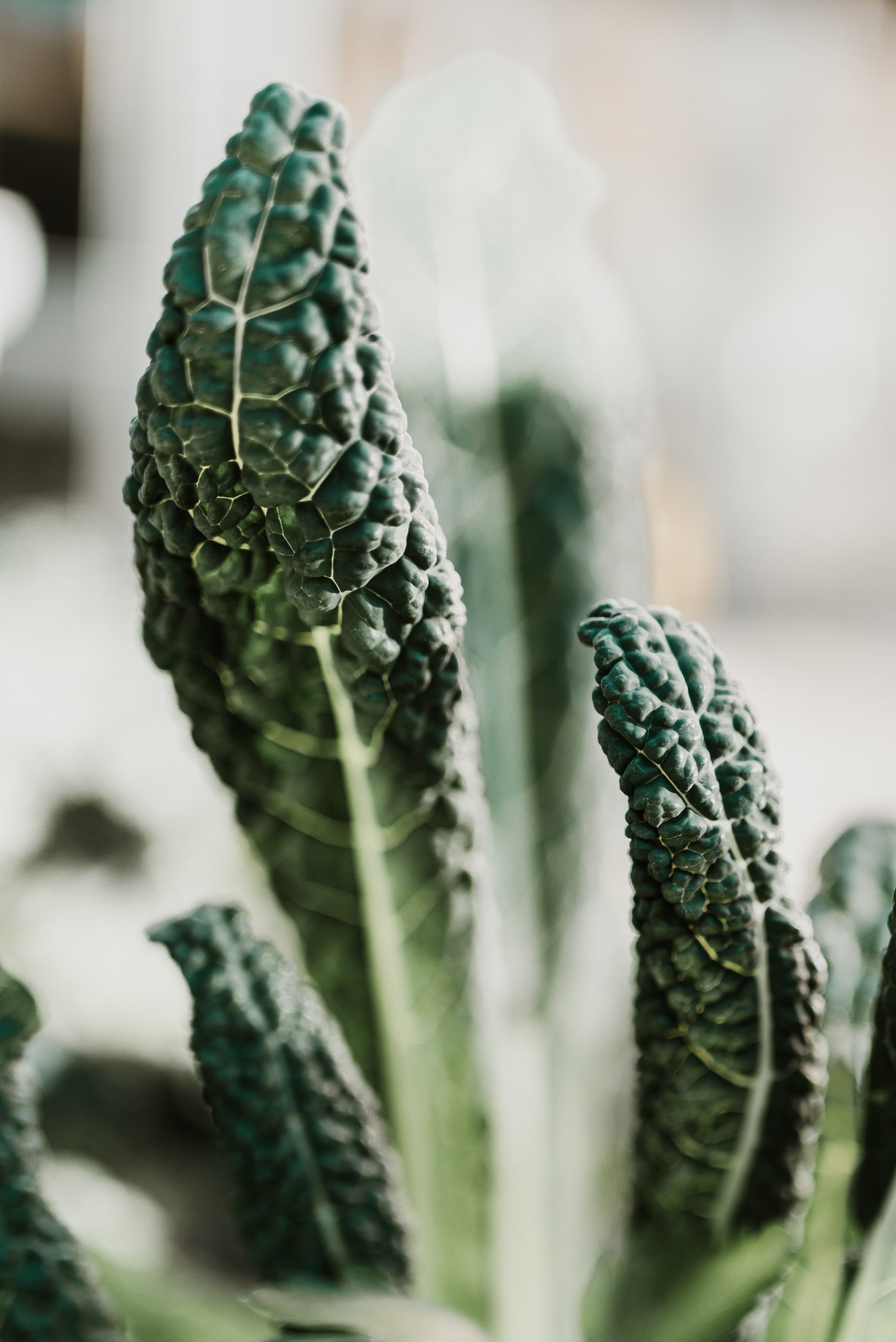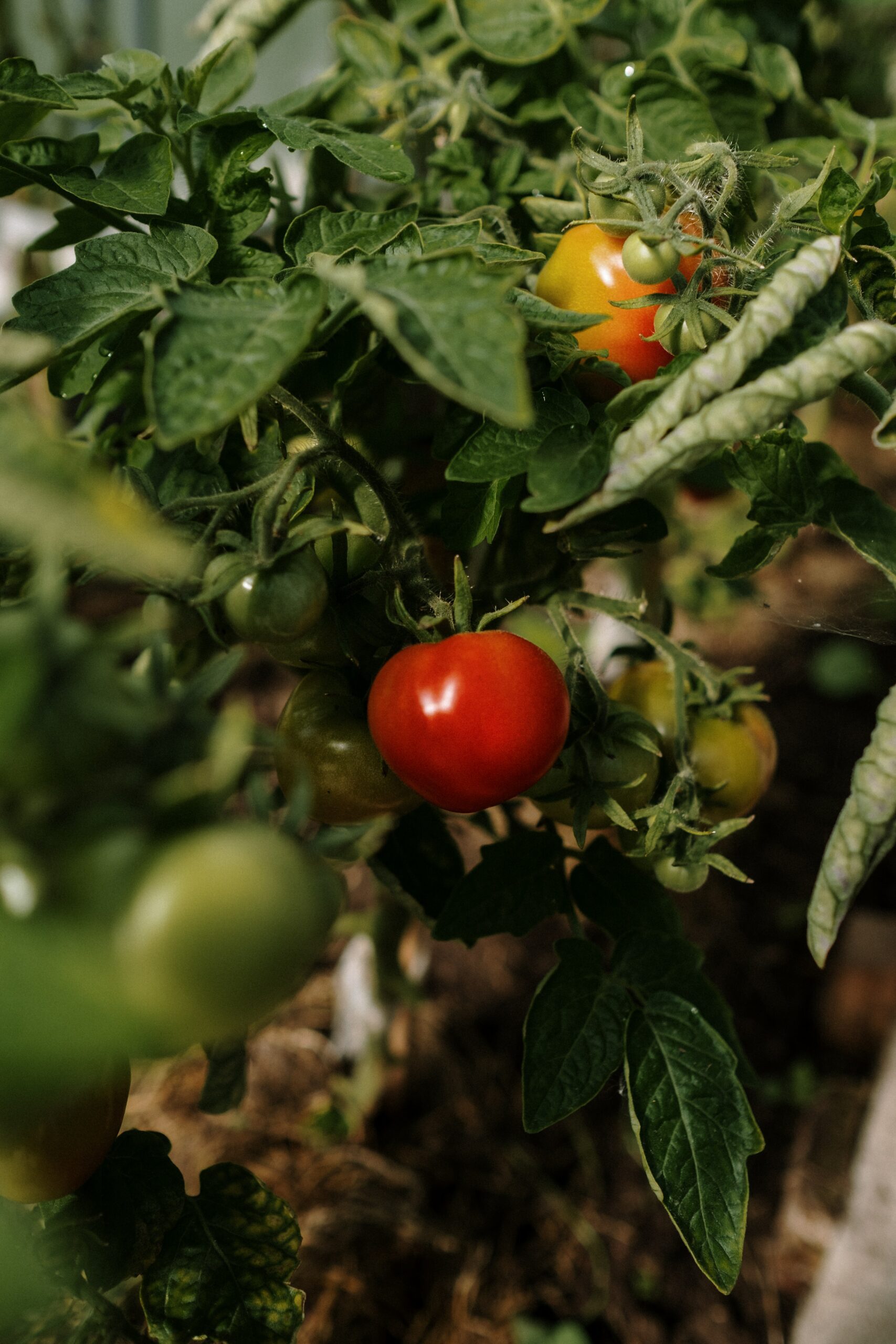
“And we pray, not for new earth or heaven, but to be quiet in heart, and in eye, clear. What we need is here.”
– Wendell Berry
As the days get longer, we all start thinking about our first seedling trays and dreaming of the harvests to come. Although February is a little early to start most annuals, it’s an excellent time to plan for potential changes in our gardens and outdoor spaces, and one powerful tool for doing that is permaculture design.
Although the term “permaculture” was coined in the late 1970’s in Australia, it’s become widely acknowledged as an extension of the nature-based mindset that drives traditional cultures all around the world. As a movement and global community, permaculture strives to use observation of natural processes to find better solutions for the problems we face–whether those are in the garden, or in fields as varied as finance, governance, architecture, education, or technology.
Sometimes gardening can seem like an exercise in constant importing: bags of soil, tap water, seeds from thousands of miles away, not to mention hoops, shade cloth, tools, and everything else you might use every year during the growing season.
But in nature, it’s rare for an ecosystem to rely on inputs from very far away. One of the most liberating ideas that permaculture offers is that everything we need to succeed is already around us.
Looking at our gardens with that lens, we can start to replace our inputs with self-generating materials and systems. Here are some examples:
We live in a dry climate, but there’s so much impermeable surface (roads, sidewalks, roofs) in Denver that there’s a lot of opportunity to direct runoff towards plants, mitigating flooding, and nourishing soil life at the same time. When was the last time you made a map of where your downspouts go?
Another resource in a city is waste, in the form of organic material. Check out Chip Drop for a free load of locally-produced mulch; put up a sign in the fall asking for bags of leaves; if your neighbor doesn’t want to turn their lawn into gardens but doesn’t spray herbicides, ask if you can take the clippings instead of letting them go to a landfill.
Lettuce can be hard to grow in our hot summers, but if you live next to someone who’s letting their trees hang over the fence, plant lettuce in the shade, and save the sunny spots for peppers and tomatoes. Similarly, all of our brick buildings means there are a lot of south-facing red earthen walls that will trap heat and extend the growing season without building anything extra.
Permaculture is all about careful placement; don’t force something into an area where it won’t thrive!
Something else to think about for this year might be perennial plants.
Permaculture design looks to create deep-rooted, regenerative systems in all facets of human life, but certainly in the garden as well, and plants that come back year after year will give an increasing yield, while simultaneously requiring less maintenance and input each year.
Perennial vegetables like rhubarb and asparagus give an early harvest, while Nanking cherries and wild plums flower early, feeding pollinators and hosting beneficial insects. Comfrey is a great plant to cut back several times a year and add to compost, while yucca and nopales can thrive in brutal conditions and connect you to the ancestral diet of this region.
This is really just the beginning of what a permaculture mindset and practice can bring to your yard and your life. If you’re feeling curious, watch the movie Inhabit, or read the books Gaia’s Garden or Practical Permaculture. Visit the Rainwater Harvesting website for water ideas, and while you’re there you can check out a region-specific Rain and Forest Garden Plant Matrix, compiled by former Boulder permaculturalist Jason Gerhardt.




